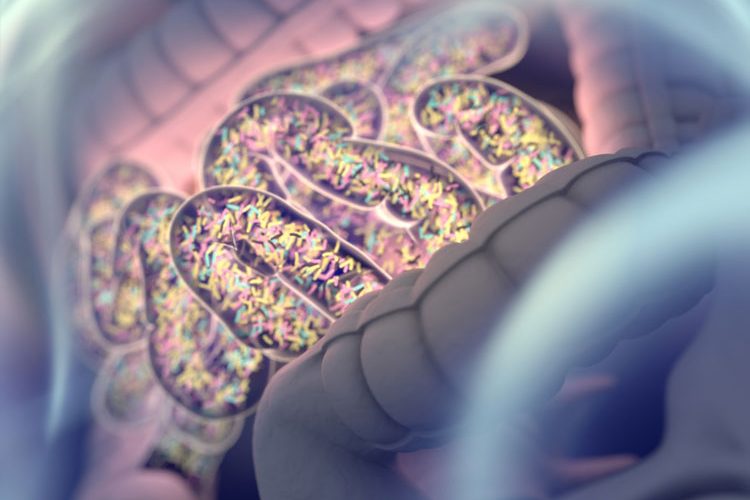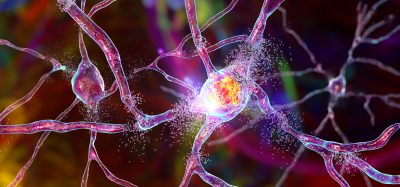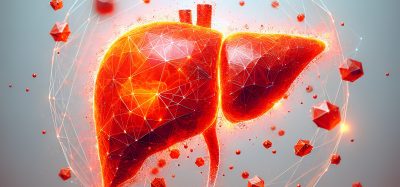Scientists developed a new mouse model of Hirschsprung’s disease
Posted: 17 January 2019 | Drug Target Review | No comments yet
Researchers have developed the first viable mouse model of Hirschsprung’s disease and associated enterocolitis with a defect in GDNF/GFRa1/RET signalling…


About one in every 5,000 babies is born without enteric neurons in distal colon resulting in Hirschsprung’s disease. Because of the lacking neurons, contents of the gut cannot pass normally resulting in constipation and enlargement of the colon.
The condition is treated with surgical removal of the affected gut part, but the patients remain at high risk of enterocolitis, or inflammation of the gut. This is the major life-threatening complication of Hirschsprung’s disease.
About half of the Hirschsprung’s disease cases are caused by mutations in a gene called RET. RET is a receptor, a large protein molecule, which is located at the surface of the cell to receive signals from other cells. During development, a complex formed by two proteins called GDNF and GFRa1 binds to RET and activates signalling required for normal development of the enteric neurons.
Biomarkers aren’t just supporting drug discovery – they’re driving it
FREE market report
From smarter trials to faster insights, this report unpacks the science, strategy and real-world impact behind the next generation of precision therapies.
What you’ll unlock:
- How biomarkers are guiding dose selection and early efficacy decisions in complex trials
- Why multi-omics, liquid biopsy and digital tools are redefining the discovery process
- What makes lab data regulatory-ready and why alignment matters from day one
Explore how biomarkers are shaping early drug development
Access the full report – it’s free!
For developing new treatments, animal models of the disease are most often a prerequisite. This work lead by Associate Professor Jaan-Olle Andressoo describes the generation and characterisation of the first viable mouse model of Hirschsprung’s disease and associated enterocolitis with a defect in GDNF/GFRa1/RET signalling thus representing most patients.
This is important because so far animal studies of Hirschsprung’s disease have used model systems that represent a minority of the genetic mutations in Hirschsprung’s disease.
Using the new mouse model scientists at the University of Helsinki were now able to shed further light on the chronology of events in enterocolitis. They found that mucin-producing goblet cells, a specific type of cells responsible for lubricating the inner surface of the gut, may be a potential target for preventative treatment.
Scientists also concluded that reduced expression of GFRa1 can contribute to susceptibility to Hirschsprung’s disease. The new mouse model will serve as a useful tool for enhancing the understanding of the disease and for defining treatment in the future.
The research work was started at the Institute of Biotechnology, HiLIFE, University of Helsinki, and performed in collaboration with the group of Professor Mart Saarma.
Dr Jaan-Olle Andressoo is currently an Associate Professor of Translational Neuroscience at the Faculty of Medicine, University of Helsinki.
The results of this study were published in Cellular and Molecular Gastroenterology and Hepatology (CMGH). CMGH is the newest peer-reviewed journal published by the American Gastroenterological Association.
Related topics
Disease Research, Protein, Proteomics
Related conditions
Hirschsprung’s disease
Related organisations
University of Helsinki








